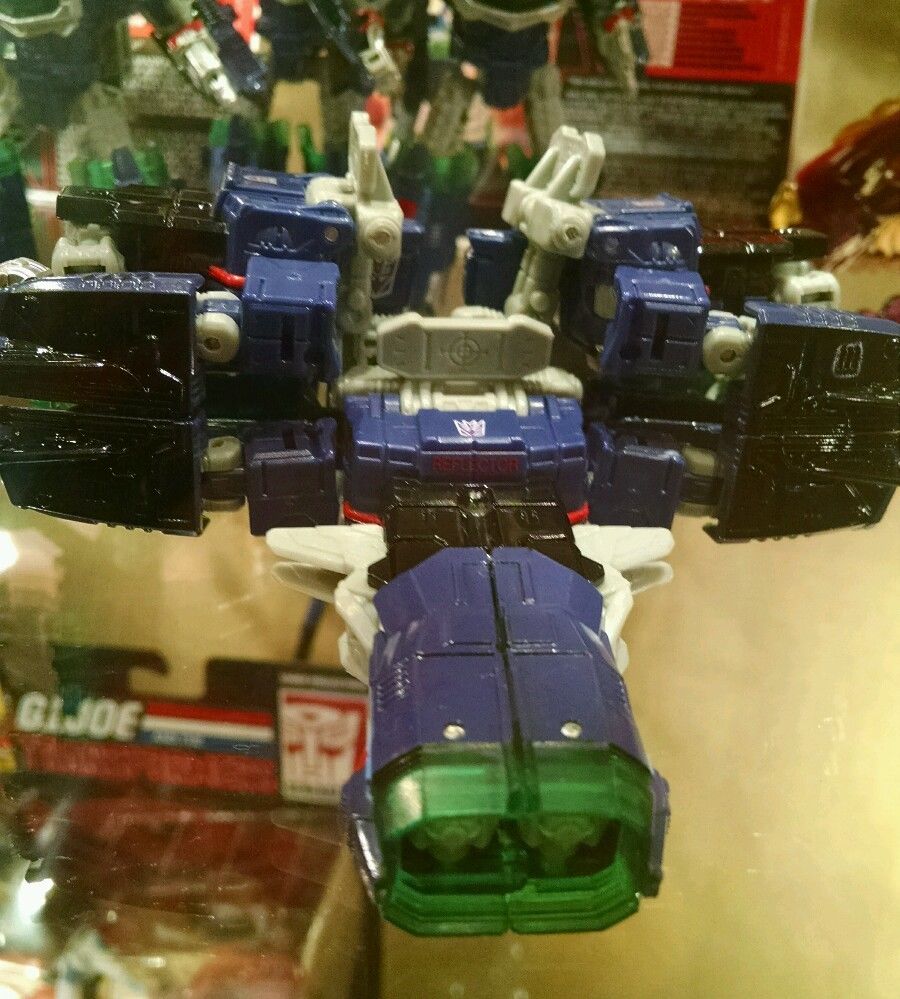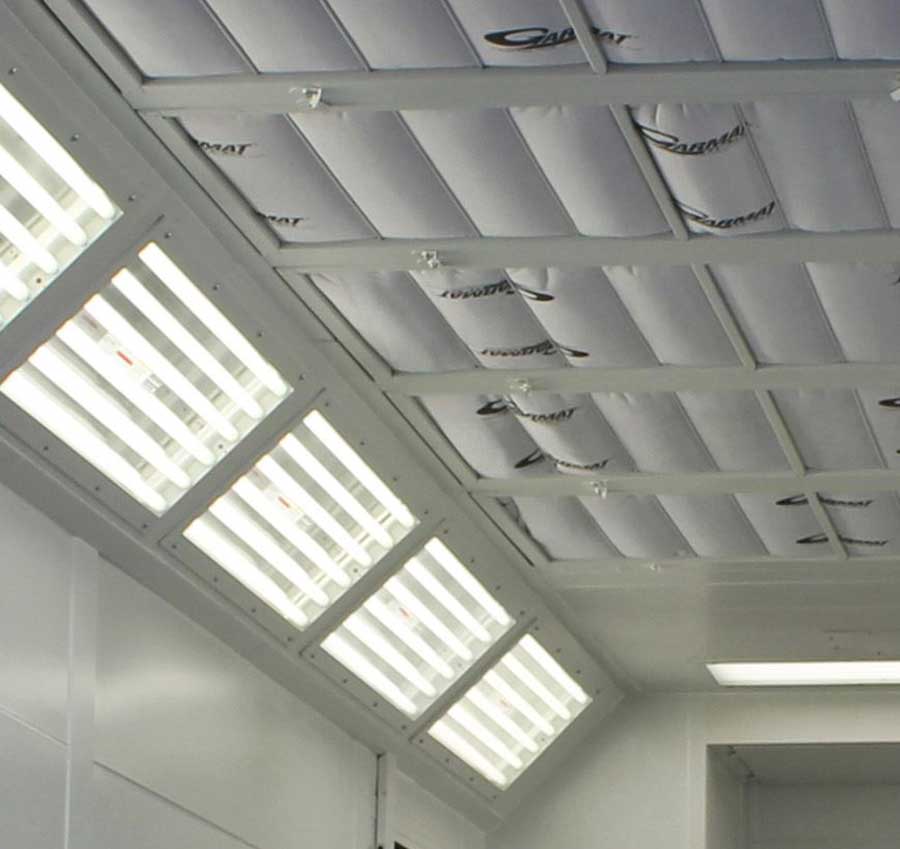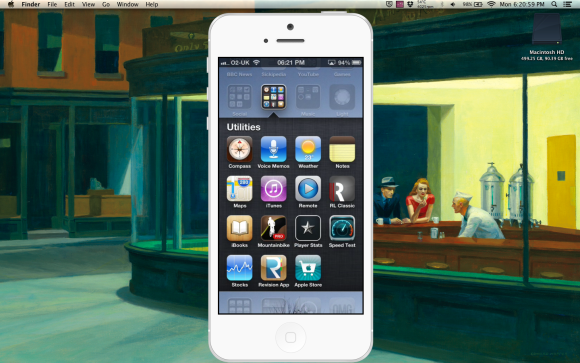

When you connect the phone for the first time, it might be useful to review the startup guide from the developer website. This program supports high definition resolutions and automatically switches to landscape when your phone is rotated.Īlthough the program does not include a documentation, it is quite easy to use and requires minimal user interaction to detect and mirror the mobile device. The user can select the device type from the Preferences window in order to optimize the video output. However, of that most previous w'ork is distinguished by the fact tlat it is narrow in scope, analyzing only a particular problem under certain conditions.
#REFLECTOR 3 API FULL#
The full screen view feels more efficient since the interface mimics the mirrored device which takes more space than a simple video window. Reflector zntcnna design is a mature field and most aspec have be.ca studied. The application offers the option to launch the stream in full screen mode or to keep the program on top of the other windows. All you need to do is enable the mirroring option on the iPad or iPhone and the content is instantly displayed on the monitor.
#REFLECTOR 3 API TV#
Thus, you can watch movies or streams on a large screen and listen to music on the TV speakers.īy using the Reflector app you have the option to send the content on your desktop computer or laptop by connecting both devices to the same wireless network. The program allows you to mirror the phone screen by using the AirPlay network protocol developed by Apple.ĪirPlay is a useful technology that allows you to access the content displayed on your mobile device and watch it on your television. We now know how the Controller, Reflector and FIFO Queue work together to stay in sync with the upstream source.Reflector is a practical tool designed to view the activity from your iPhone, iPad or iPod Touch on the computer monitor by using a wireless connection. has a queue of Deltas for objects that were listed and watched by the Reflector.has a reference to the downstream store.



Let’s try to clear up what we’ve just learned. Okay, I get that that was a lot of new information. Resync will send a Sync event for all items in knownObjects – which is our downstream store. Since store.Replace only fires Sync events for new items, we didn’t find any Added events. So the three pods were found during the initial list, which called the store.Replace method. The three pods were inserted before the reflector started at t=0 (maybe not always the case, because starting the reflector and inserting pods in the store are parallel tasks). Note that this is the reason why we got Sync events in the controller example. It then uses the knownObject – which is a reference to the downstream store in our case – to see if items were deleted. It enqueues each item with a Sync DeltaType. In queueActionLocked the given obj gets inserted in the queue.
#REFLECTOR 3 API UPDATE#
The Add, Update and Delete methods all call the queueActionLocked method with the corresponding DeltaTypes. Let’s have a look at the Add, Update, Delete, Replace, and Resync methods that were called from the Reflector. Delta tells you what change happened (Added, Updated, Deleted, Sync) and the object’s state after that change. That’s where we stumbled upon this piece of candy: 1 Since we want to implement our own workflow controller we decided to look at the JobController. The worker units that guarantee the desired state are called controllers. The problem was that you probably were lack of the ClusterRole and ClusteRoleBinding (that can allow the service account traefik-ingress-controller to see Kubernets resources including Traefik's CRDs). That is, the system constantly tries to move its current state to a desired state. Your logs say that Kubernetes runs Traefik using a Service Account, but the Service Account is lack of necessary access to the objects. We really like the Kubernetes ideology of seeing the entire system as a control system. My partner and I are working on a system to run workflows on Kubernetes. Kubernetes offers these powerful structures to get a local representation of the API server's resources.į or my bachelor thesis, I am working with Kubernetes.


 0 kommentar(er)
0 kommentar(er)
